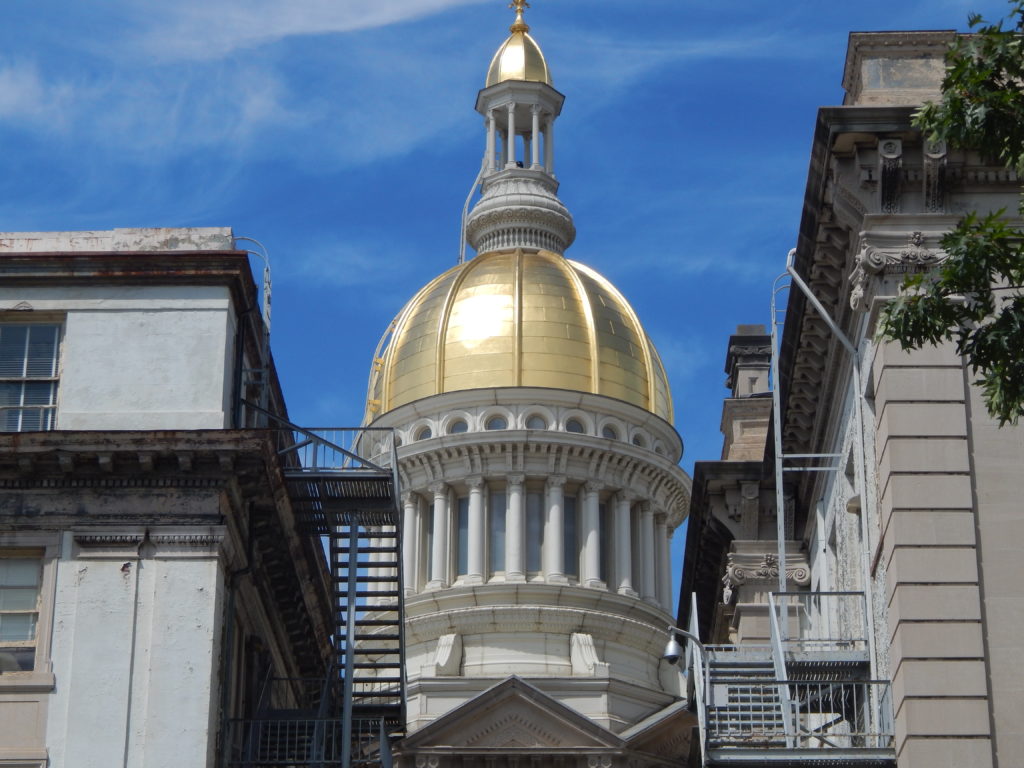Compliance Corner: Assessing the New Jersey Elections Transparency Act Before the 2023 General Election

We are now less than eight weeks out from Election Day 2023, and even less time to go before the start of vote-by-mail and early voting. This year is the first in a series of big elections: the entire New Jersey Legislature on the ballot in 2023, before the Presidential election in 2024, and the Gubernatorial in 2025.
Important elections are nothing new in New Jersey, but one thing that is different is the legal playing field. This November’s election is the first to be conducted with a fully operational Elections Transparency Act, the biggest change to New Jersey’s campaign-finance laws in decades.
Here is practitioner’s initial assessment of how the ETA is changing New Jersey’s political landscape in practice.
Pay-to-Play Restrictions are Simplified
Up until 2023, New Jersey had perhaps the most complex pay-to-play laws for government contractors in the entire country. That was the result of statewide pay-to-play laws plus the ability of each municipality and county to adopt its own local pay-to-play ordinance. (More than 100 municipalities and counties did adopt local ordinances, many with variations on permitted contribution amounts and on restricted contributors and recipients.)
In addition, New Jersey’s pay-to-play laws and ordinances generally placed the harshest restrictions on political party committees. Up until the ETA, a contribution of $301 to a county political party committee could have jeopardized the contributor’s eligibility for contracts with the State of New Jersey, that county, and even municipalities within that county.
Now, the ETA has nullified local pay-to-play ordinances. This means that the pay-to-play restrictions in each county and each municipality throughout the state are on an even playing field. In addition, contributions to political party committees and legislative leadership committees will now generally have no effect on eligibility for New Jersey government contracts.
Contribution Limits have Increased
While some reports stated that contribution limits doubled under the ETA, this isn’t entirely true. Some limits have doubled while others were increased by other amounts. But the key point is that contribution limits have significantly increased within the last six months.
Anecdotally, many of the political contributions that cross my desk would have been permitted under the old limits. There are always going to be more $500 contributions than $50,000 contributions. In fact, with the reportable threshold dropping from $300 to $200 as of July 2023, many contributors that want to remain under the reportable threshold have actually reduced their contribution amounts despite the overall limits being higher.
However, ELEC recently published a listing of 16 contributions (one in the amount of $112,500) from individuals, entities, and PACs that go beyond what the old limits would have permitted. This is something to track going forward.
Contributions are Increasingly Flowing Within the System
New Jersey’s old pay-to-play laws took effect before the rise in popularity of Super PACs or Independent Expenditure Committees. That fact, plus the required independence of those entities from candidates and their agents, meant that often the safest place for government contractors and others to contribute was to a Super PAC or Independent Expenditure Committee. Taking into consideration the heavy restrictions on contributions to political party committees, the effect was for money to increasingly flow away from candidates and political party committees, and instead flow toward independent committees. Recent research indicates that the rise in independent spending (and away from the traditional party structure) may have increased polarization in the United States.
If one of the goals of the ETA was to reverse this trend, that effort seems to be working. Based on ELEC’s figures through the second quarter of 2023, funding for the major party state political party committees and legislative leadership committees is up compared to the comparable figures from four years ago. My expectation is that this trend will continue, and that similar trends will be found for county and municipal political party committees.
Pre-Election Reporting is More Onerous
One change in the ETA that has perhaps been overlooked is the reform of pre-election reporting. Previously, candidates, PACs, and other reporting entities had 48 hours to report significant (that is, those that exceeded $1,900) contributions received and political expenditures made in the time shortly before an election. Now, two important changes highlight the importance of real-time compliance and reporting.
First, the time periods for pre-election reporting have changed. Instead of a consistent 48 hours in the weeks right before an election, certain reports must now be filed within either 72 or 24 hours of the transaction. In the week before election day, reporting committees must engage in real-time communication and reporting to ensure that all reports are filed within 24 hours. ELEC has traditionally not permitted late reports to be filed in this pre-election period, so the importance of buttoning up all compliance and reporting procedures is only heightened.
Second, the threshold for pre-election reporting has been reduced from $1,900 to $200. This means that even relatively modest contributions received and political expenditures made of $201 or higher must be reported in pre-election reports. My expectation is that, with this reduction in the reporting threshold, many additional transactions will be subject to pre-election reporting. Committees that fail to prepare for this increase in reporting will be left scrambling to comply with the new law.
Avi D. Kelin is a Partner with Genova Burns LLC, and chairs the firm’s Corporate Political Activity Law and Autonomous Vehicle Law Practices. He regularly assists companies with developing and implementing Political Activity compliance policies and procedures.
This column is for educational and informational purposes only and is not intended and should not be construed as legal advice. It is recommended that readers not rely on this column, but that professional advice be sought for individual matters.










So, in other words, what is being said here is that New Jersey will become less transparent, and more corrupt when it comes to voting and elections. Got it! Nothing new to see here. New Jersey remains the most corrupt state in the nation–since it has been under Democrat-Socialist control for over 25 years!!!